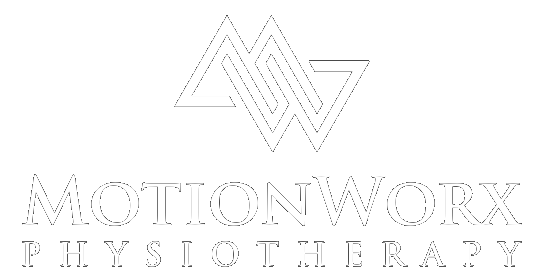Okay so we last discussed the basics of how IMS causes a release in the muscle and what to expect during a treatment, now let’s get into the nitty gritty science behind it!
What is neuropathy?
Neuropathy is the description of what happens when there is pain that shows no sign of tissue damage or inflammation. This occurs when the nerves malfunction. Nerves become extremely sensitive and cause innocent, harmless signals to be exaggerated and misunderstood as painful ones. The result of this supersensitivity is pain, even when extensive medical testing shows there is “nothing wrong” (e.g. headaches, whiplash, backache, tennis elbow, frozen shoulder).
Treating neuropathic pain

Supersensitivity and muscle shortening cannot be operated on or cut away. Pain killers will only mask the pain. The goal of IMS treatment is to release shortened muscles which press on and irritate nerves. Supersensitive areas can be desensitized and the persistent pull of the shortened muscle can be released.
Three effects will happen with the IMS treatment:
- A stretch receptor in the muscle is stimulated, producing a reflex relaxation (lengthening).
- The needle also causes a small injury that draws blood and your body’s natural chemicals to the area, initiating the natural healing process.
- The treatment creates an electrical potential in the muscle to make the nerve function normally again.

What is a shortened muscle?
The important factor in neuropathic pain is muscle shortening, caused by muscle spasm and contracture. Muscle shortening produces pain by pulling tendons, straining them, as well as distressing the joints they move. The tendons will thicken over time, medically termed an enthesopathy. Muscle shortening also increases wear and tear and contributes to degenerative conditions such as “tendonitis” and “osteoarthritis”.
How often do I need treatment?
Treatments are usually once per week to allow time between treatments for the body to heal itself. The number of treatments you will require will depend on several factors such as the duration and extent of your condition, how much scar tissue there is, and how quickly your body can heal. The rate of healing depends on the condition of your nerves, as younger people usually heal more quickly. Pain of recent origin requires less treatment. The effects of IMS are cumulative as the needling will stimulate a certain amount of healing. Generally, relief will last longer after each subsequent treatment.

Is this safe?
Your physiotherapist will take a detailed history during your assessment to determine if IMS is an appropriate treatment for your condition. IMS relies heavily on a thorough physical examination of the patient by a competent practitioner, trained to recognize the physical signs of neuropathic pain. If you have positive signs of neuropathic pain, they will screen you for any contraindications and you will be required to sign a consent form which includes the risks of treatment. Given the proper screening is done, this procedure is very safe.
Ingrid Witt, BScPT, CPMA, GunnIMS
Registered Senior Physiotherapist
ingrid@motionworxphysio.com
